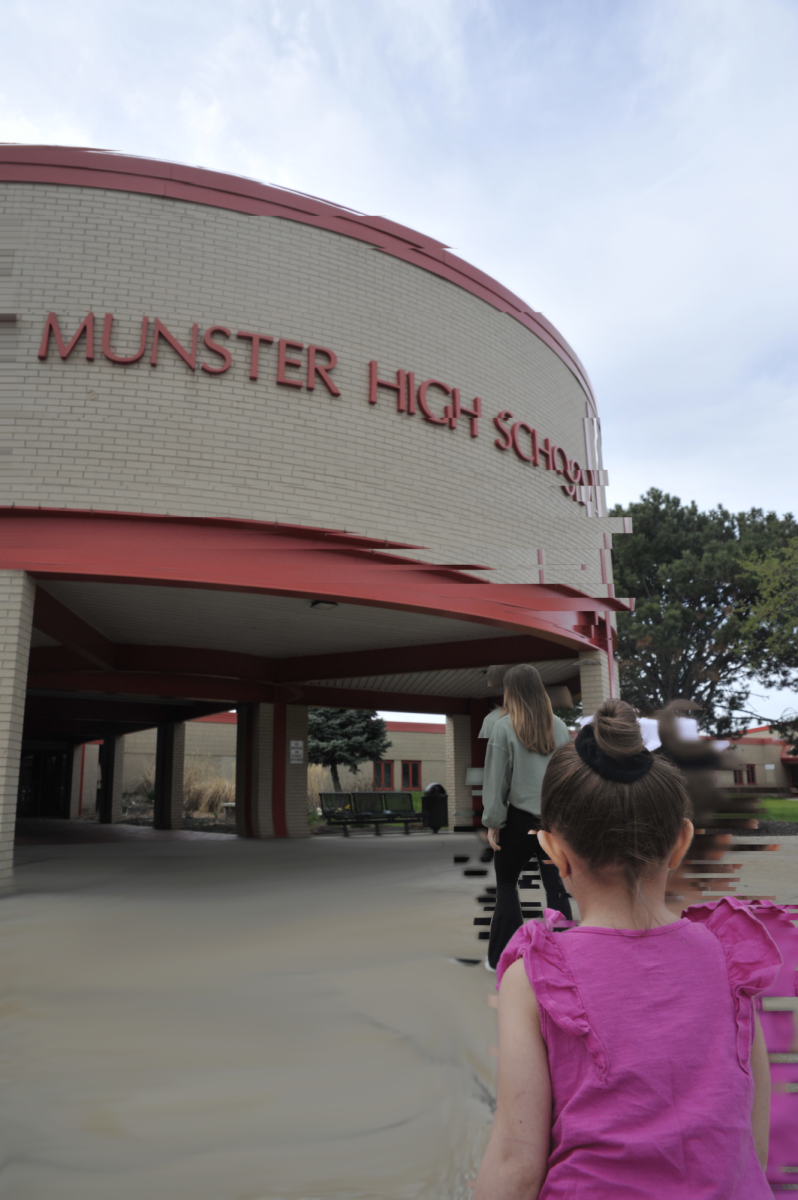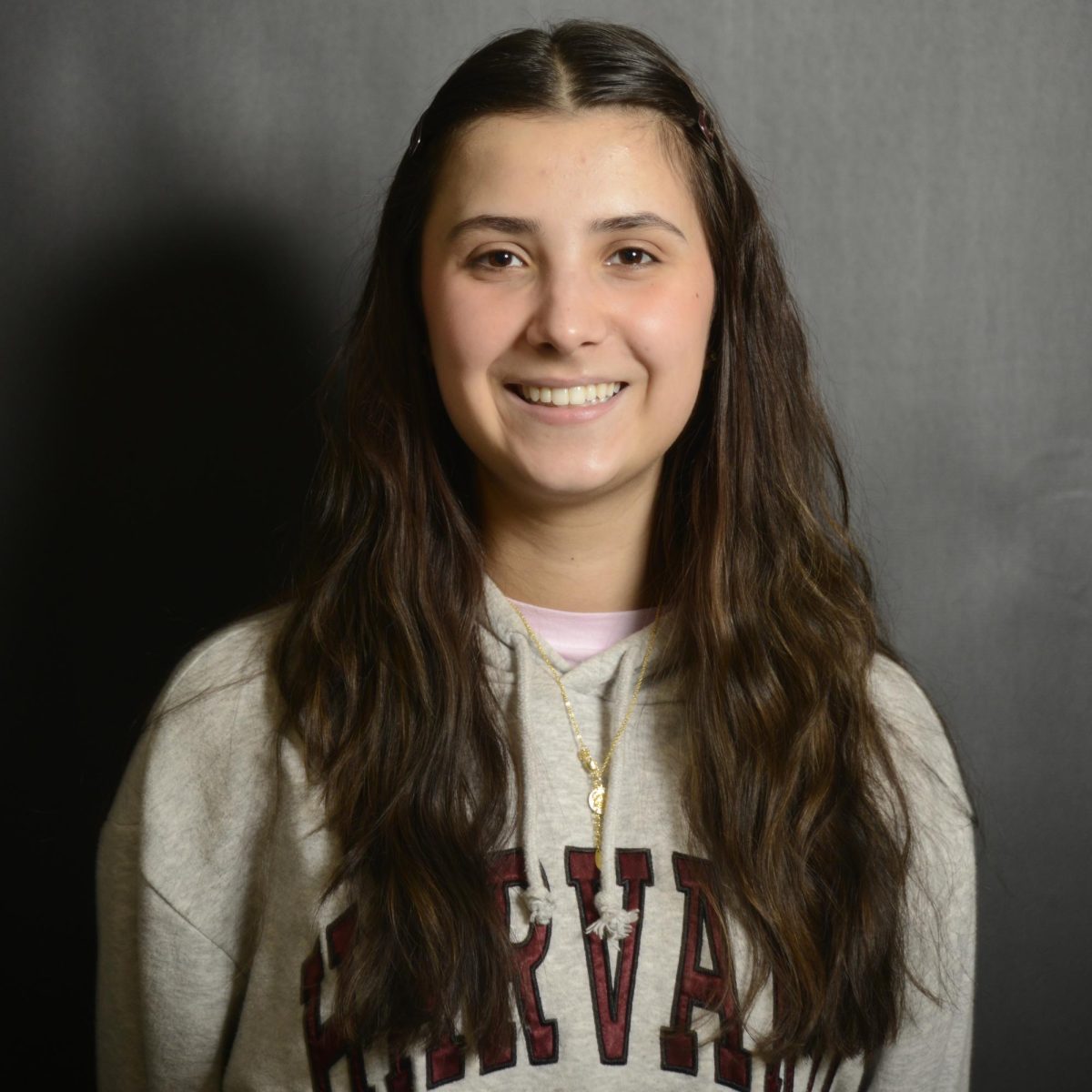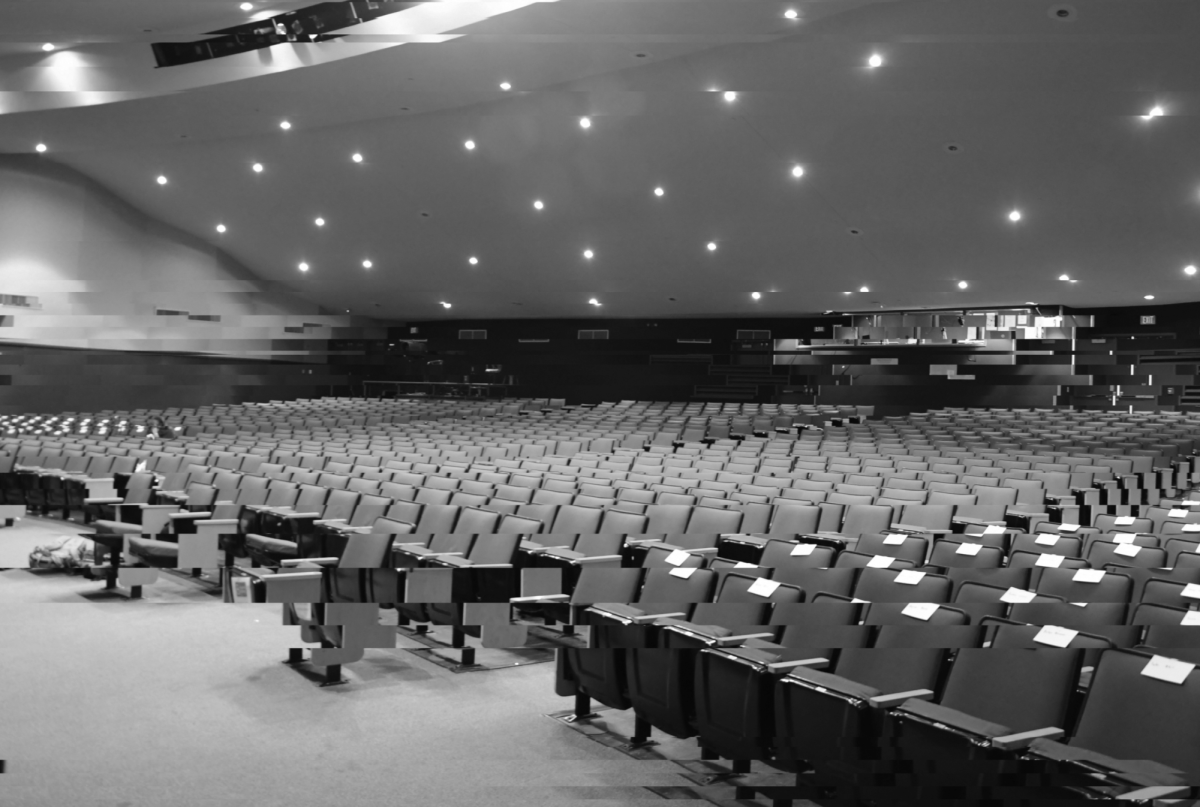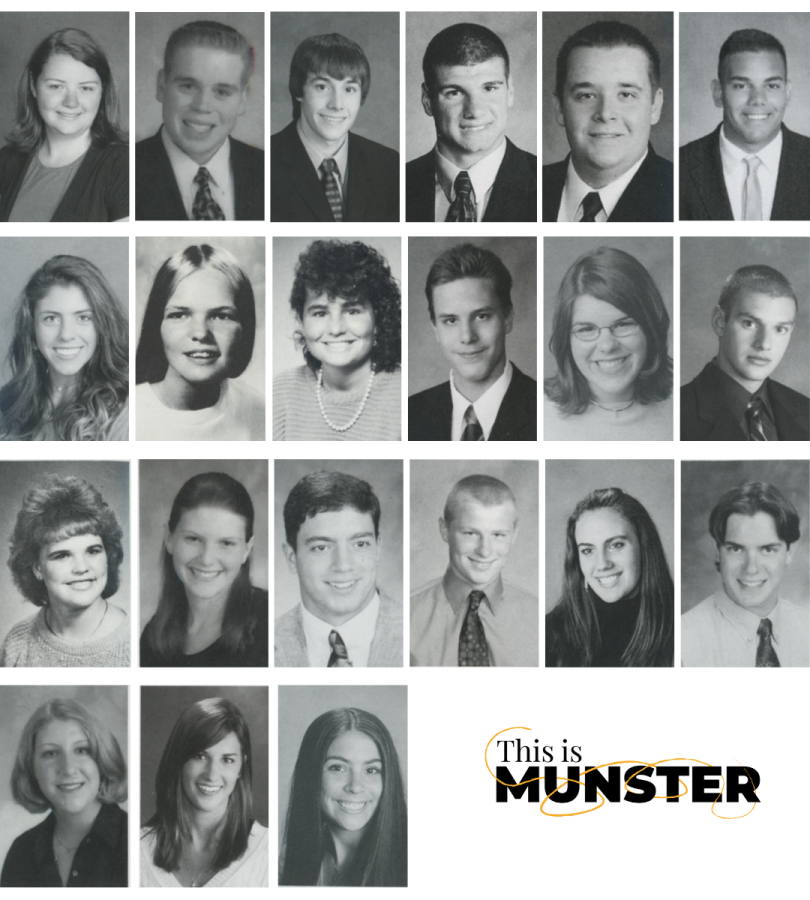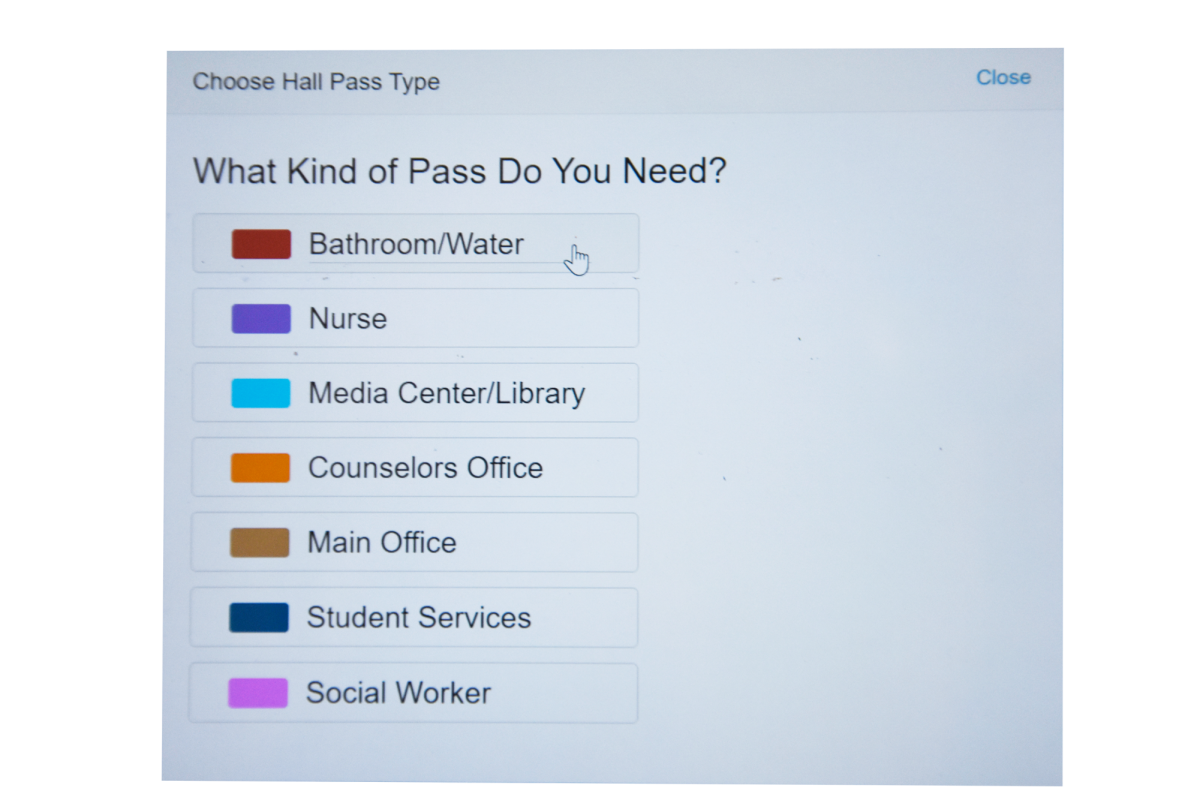A new school year has begun, and along with the changes that students have gone through during the summer, the school has gone through a lot of changes as well. Familiar aspects of our previous school years have been changed, things like the pass system, grading scale, assignment platform, lighting and device restrictions.
Canvas
The start of the year introduced a new educational management platform face, Canvas, which replaced Blackboard. According to Principal Morgan Nolan, the reason for the new program was due to the expiration of Blackboard’s program terms, resulting in what could’ve been security and privacy issues. By prioritizing a system that’d provide a more seamless transition for grade levels K-12 and a friendly parental access, Mr. Nolan and the rest of the school board landed on Canvas as their befitting new alternative.
“We went back and explored new options moving forward after Blackboard,” Mr. Nolan says. “Canvas definitely checked all the boxes for what we were trying to do.”
Much like many of the students, teachers such as Mr. Carl Fields, ceramics teacher, have still not adjusted to the learning curve of a fresh new interface.
“Between all the new things in the school going on like scheduling, it’s a little frustrating on the one hand that we didn’t get very much training on Canvas,” Mr. Fields said. “But Blackboard’s become really clunky and less user friendly over the years. Something brand new like Canvas is really gonna be beyond what we had before.”
Digital Passes
The pass system has also been modified. From paper and pen to machine and mechanics, the change to digital passes are making staff and students lives’ potentially easier than before. Asking to use the restroom is a waste of time—the passes encourage independence and responsibility.
“This way, if a student can just create it themselves, turn on their laptop, or bring their laptop to the front and show the teacher, they can just go and there’s no interruption,” Mr. Brad Docter, dean of students, said.
The new digital passes keep track of how long each student spends out in the hall and what class they are coming or going from. Once it has been seven minutes, the pass “expires.” Exceeding this limit will cause a warning to pop up on the screen. Pass usage is monitored student by student.
“We need every student in the building have to have a pass because we’re responsible if we don’t know where they’re at,” Mr. Doctor said. “If we start to see patterns, we can have a conversation with that student and say, ‘Hey, we’ve noticed you’ve been out for a long time. We may want to have those conversations with the students to find out if there’s some other issue that’s going on.”
Along with monitoring time and location, the new pass system also limits the number of people in the North and South sides of the school individually. This way, there aren’t too many students using the restroom at once. Disciplinary action is determined according to circumstance. There is leniency with the system, given that students and teachers have to learn how to use it.
“We think if a student is taking advantage of it, we can set the number of passes they have,” Mr. Docter said. “But it’s also up to the teacher to say, ‘no, you just went, I don’t think you should go again.”
While the traditional paper pass had all the information needed to exit the classroom, not everyone was compliant with the old pass system.
“Some teachers were giving them, some weren’t, and we had no idea where students were,” Mr. Docter said. “At least this way, we know where they’re at.”
Lighting
As of this year, new lights and dimmers are being installed in every classroom. With the old, worn out fluorescent lights, it was sometimes difficult to see the projectors when teachers had them on. With the new light and dimmer combo, plus promethium boards, this will not be an issue anymore.
These upgrades come with a requirement: teachers are being asked to leave their lights on.
“We’re asking teachers to leave their lights on because it’s a more conducive academic environment,” Mr. Nolan said. “There’s no research that supports that having dark rooms is a good and academic environment for students.”
Phone/Headphone Restrictions
At MHS, an older rule where headphones and phones are not permitted in the classroom unless it’s for an academic purpose, has been modified to be stricter.
“I think we probably got away with the pandemic without enforcing the policy,” Mr. Nolan said.
Students and teachers alike have been relaxed the past few years and phones, headphones and listening to music became common in classrooms around the school.
“If you need them for academic reasons, teachers still have that autonomy, but there’s not a lot of academic support for students while they’re doing conducive learning,” Mr. Nolan said. “I would go down to study hall last year and look in the back and there was a lot of Netflix and Spotify, not a lot of homework.”
Grading Scale
Instead of allowing each department to choose the grading scale, MHS has implemented a universal grading scale for all classes. Now, grades are broken down into four separate categories: 60% assessments of learning (tests, projects, essays), 25% practice for learning (homework, classwork), 15% final exam assessment and a 0% category for diagnostics. According to Mr Nolan, the change was made to correct any mistakes or misplacements in grades at the end of grading periods and for consistency among classes.
Although the change was made with teachers in mind, many teachers, such as Ms. Levacy Quinn, orchestra director, had to adjust assignments since her music classes are performance based.
“Previously, all the participation and classwork was in the 40% category combined, and now we have to break it apart,” Ms. Quinn said. “For our purposes, we can make it work so it does the same thing it has in the past. It just doesn’t have as much impact on the classwork in comparison to the final grade.”

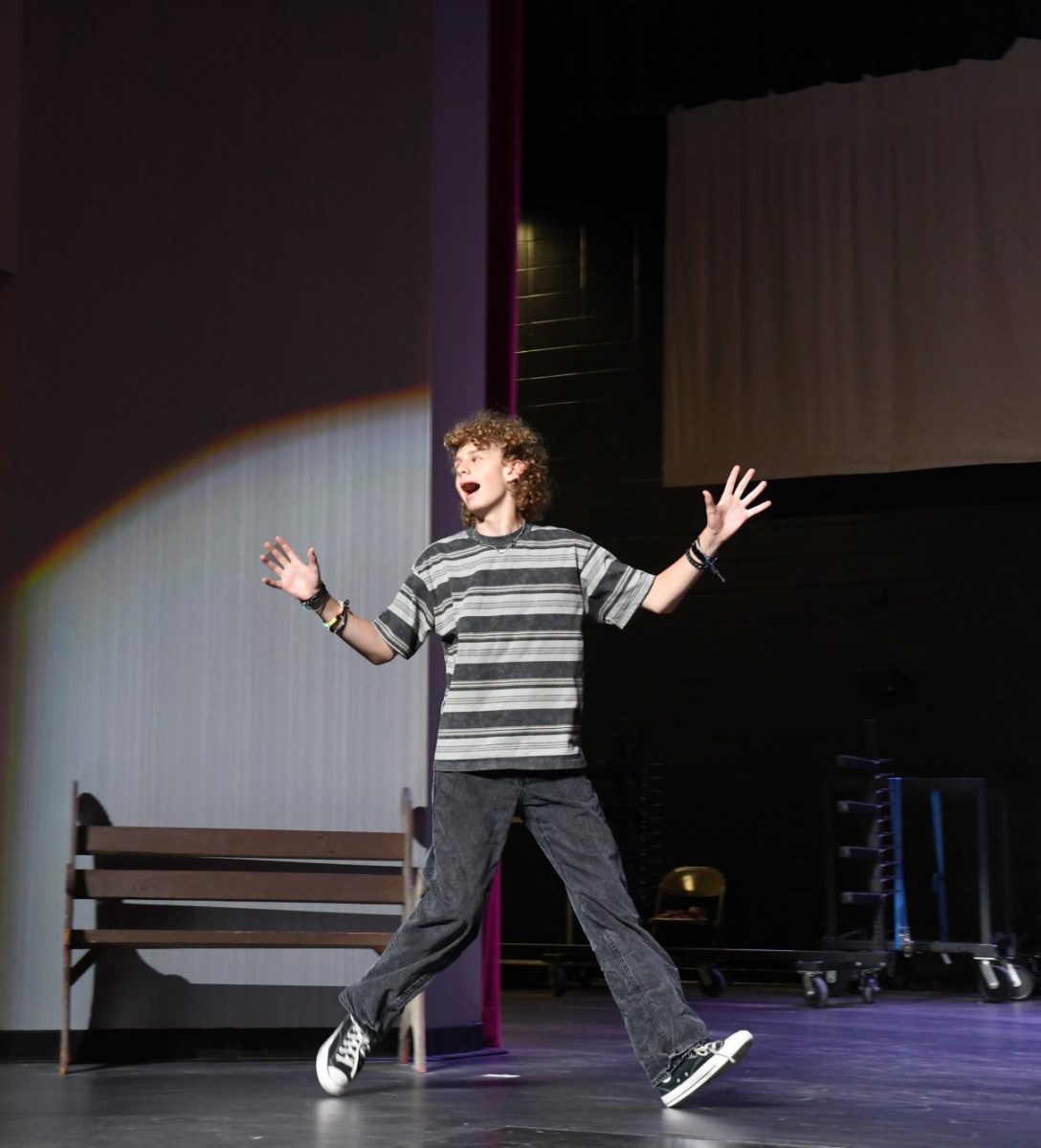


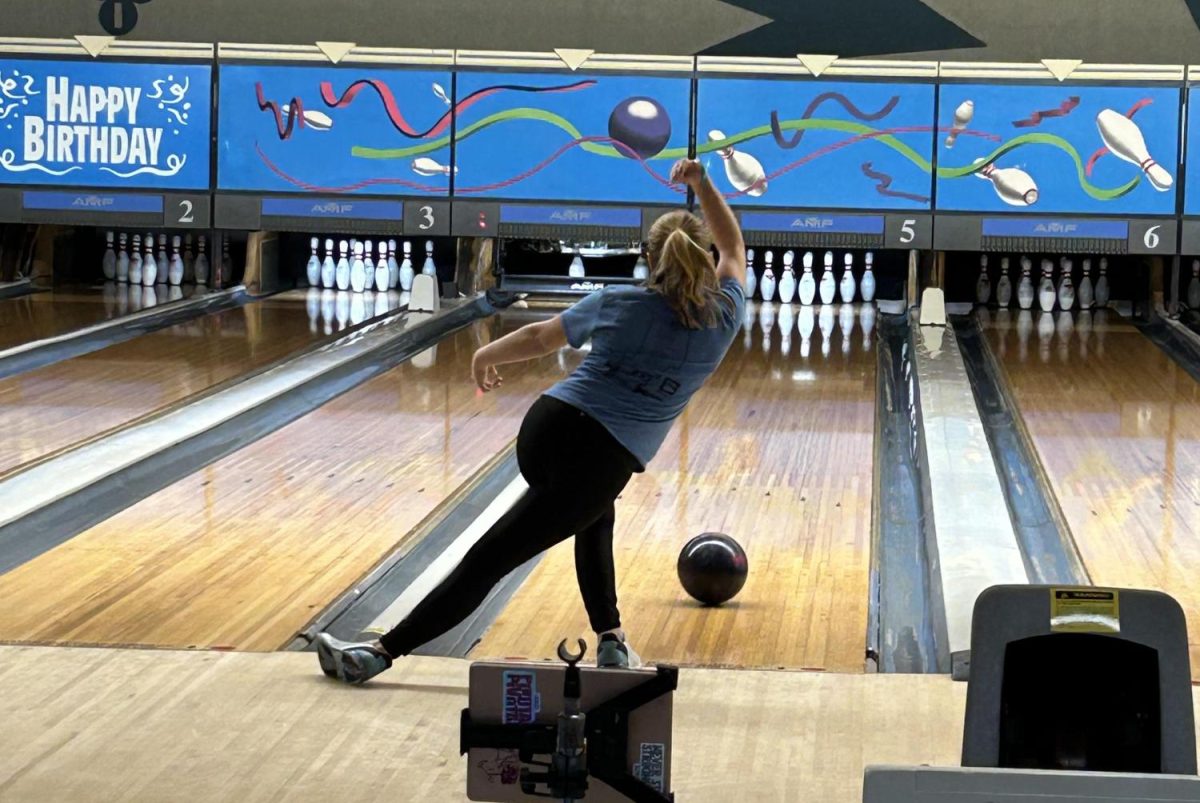
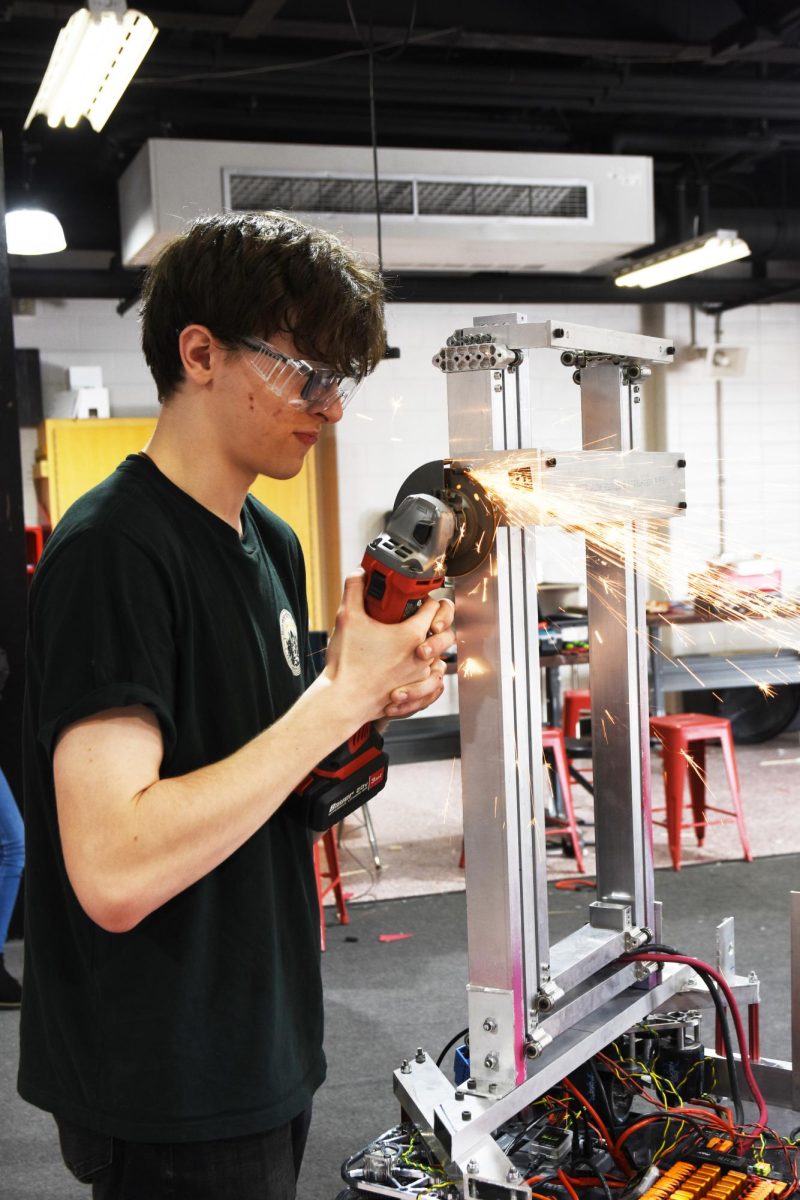




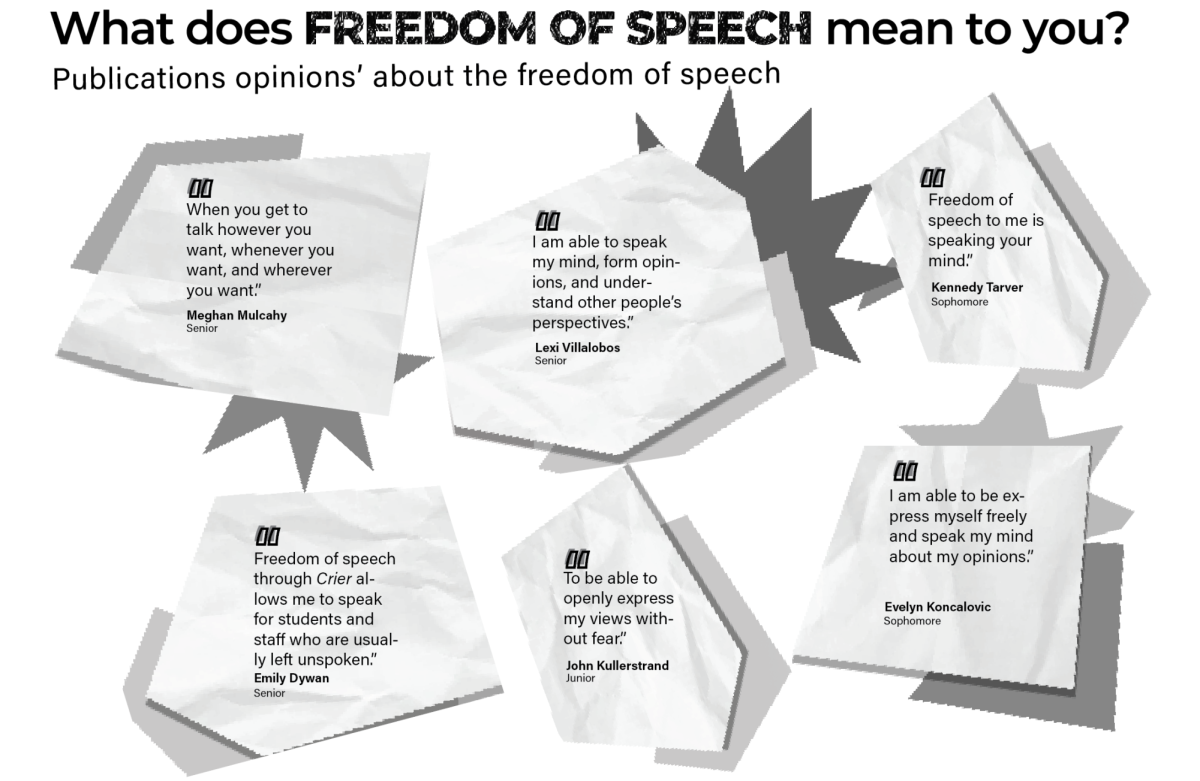
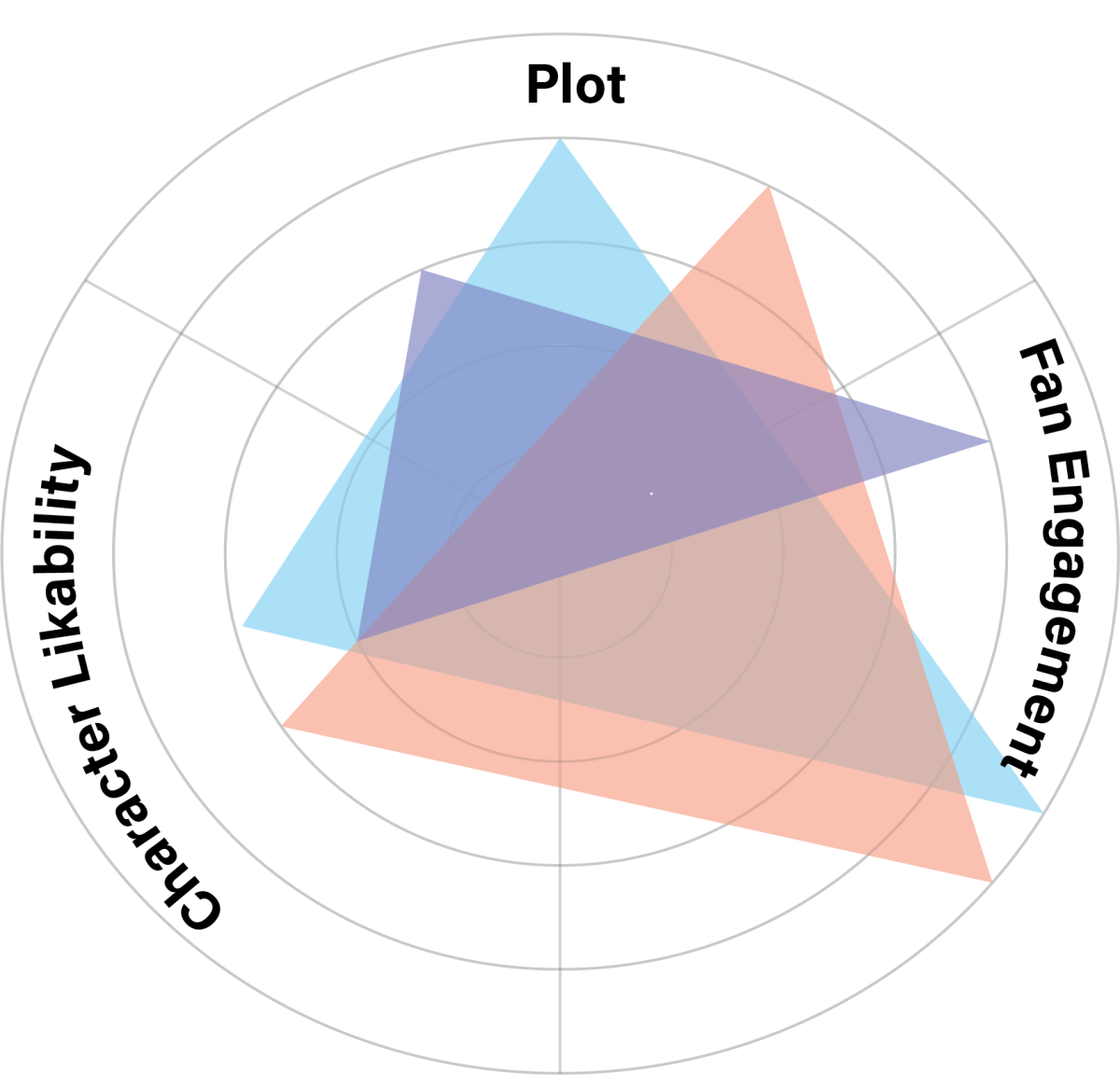








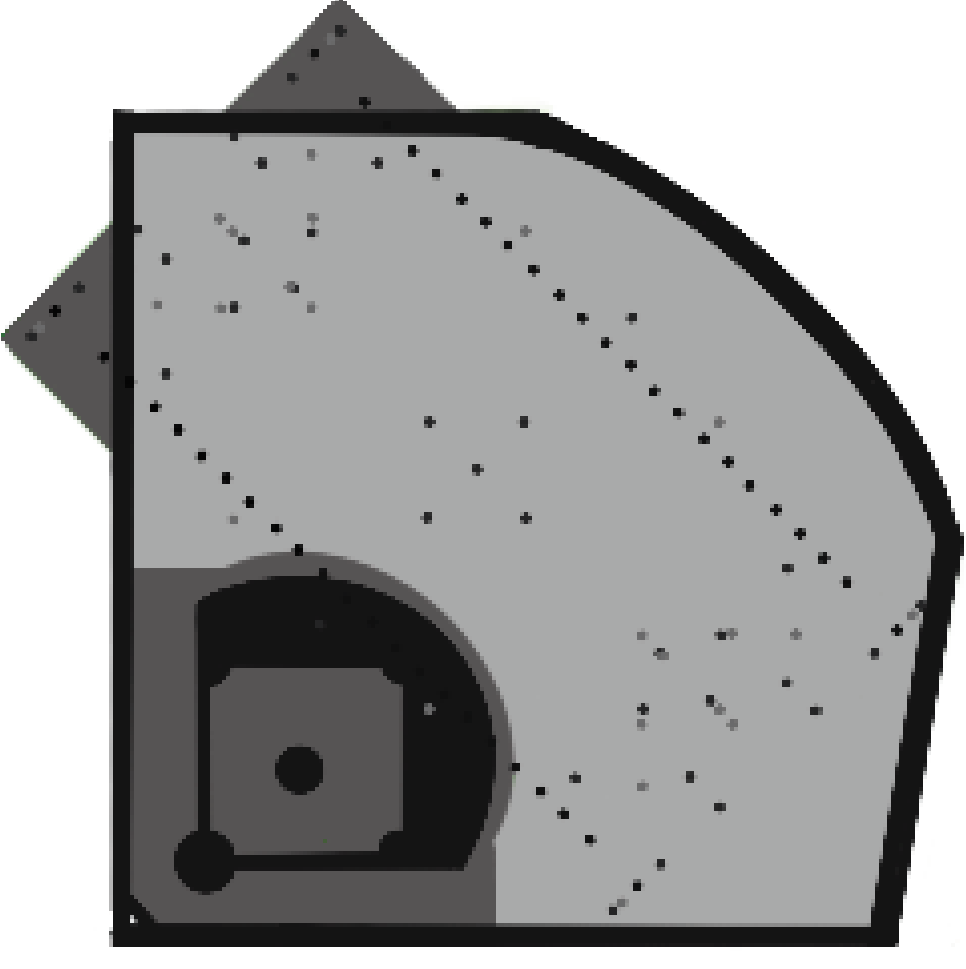
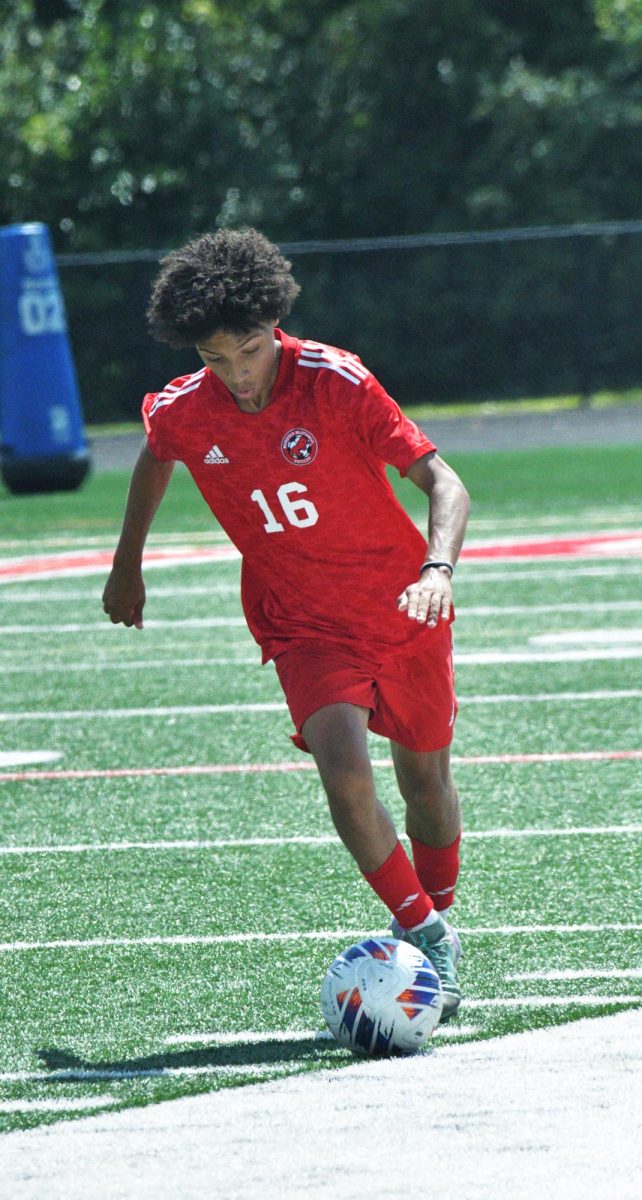
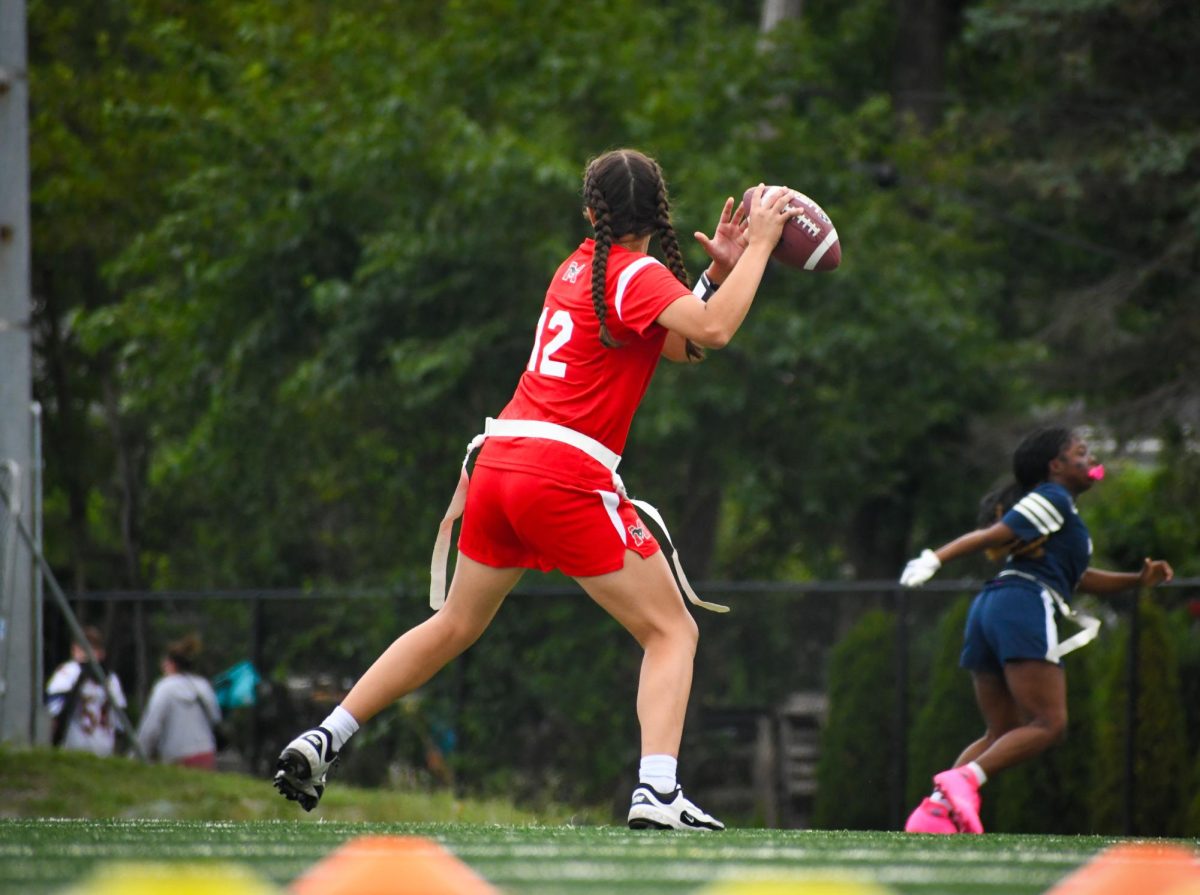
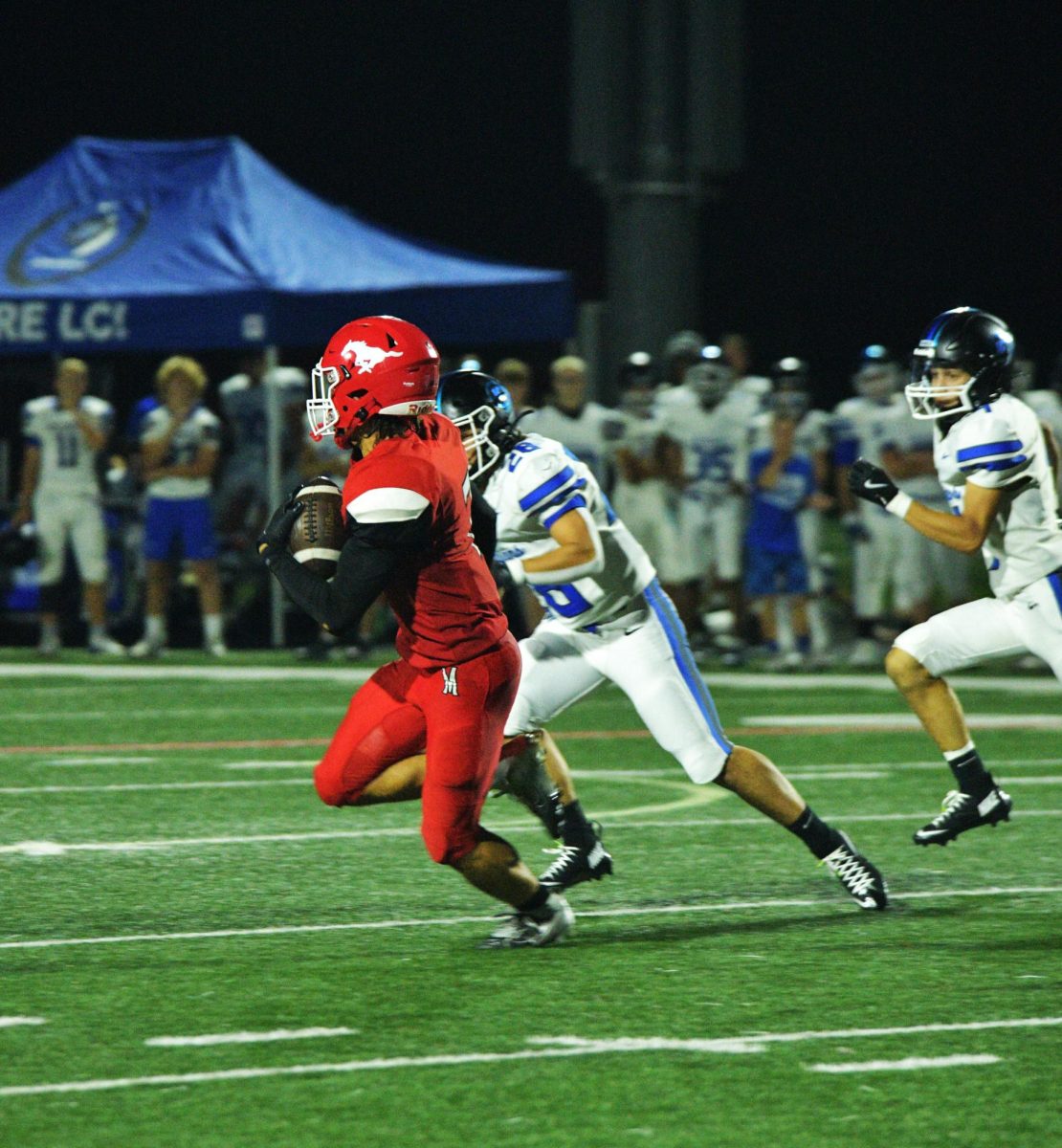

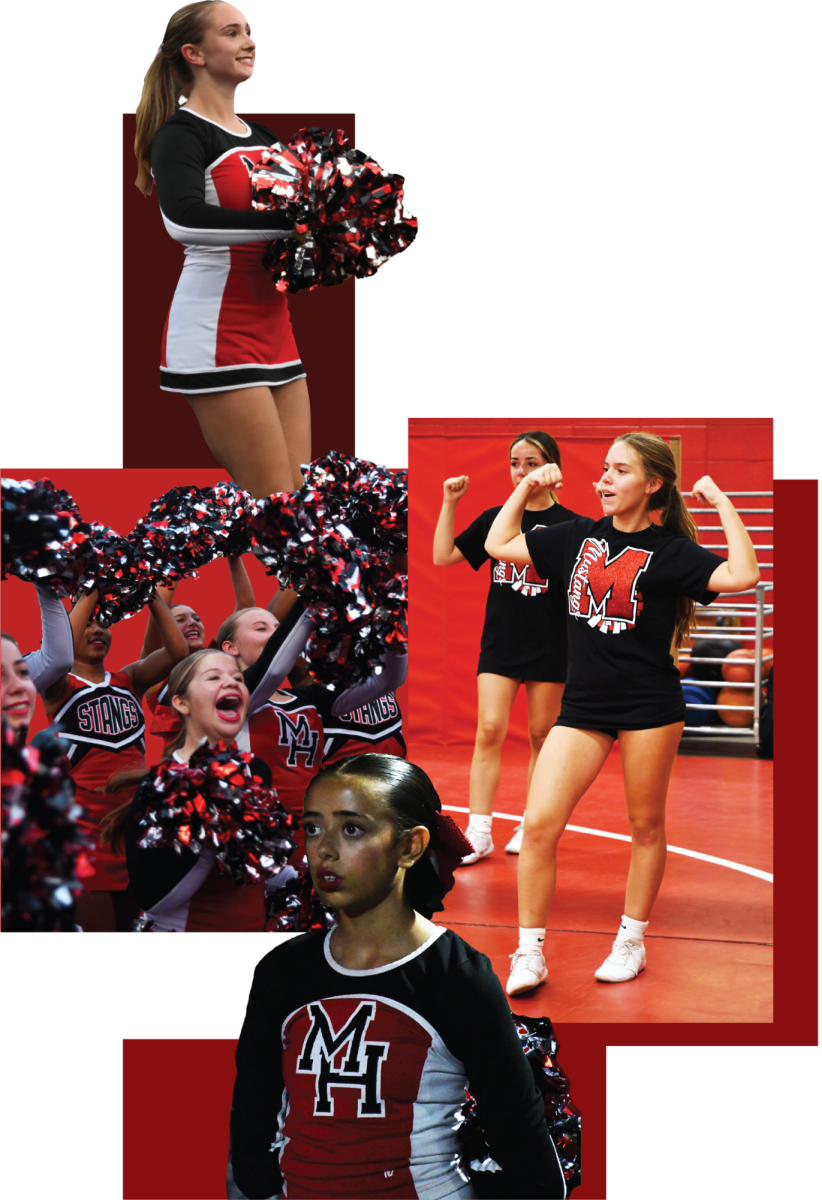


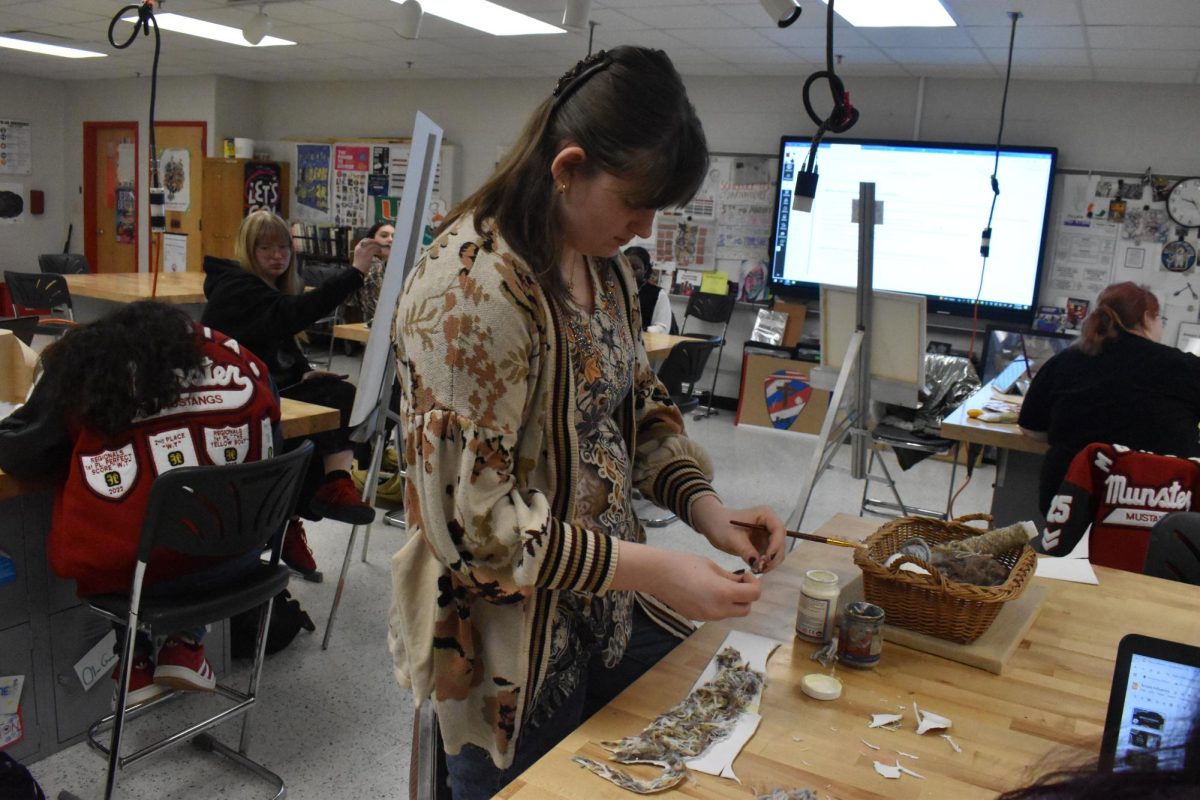

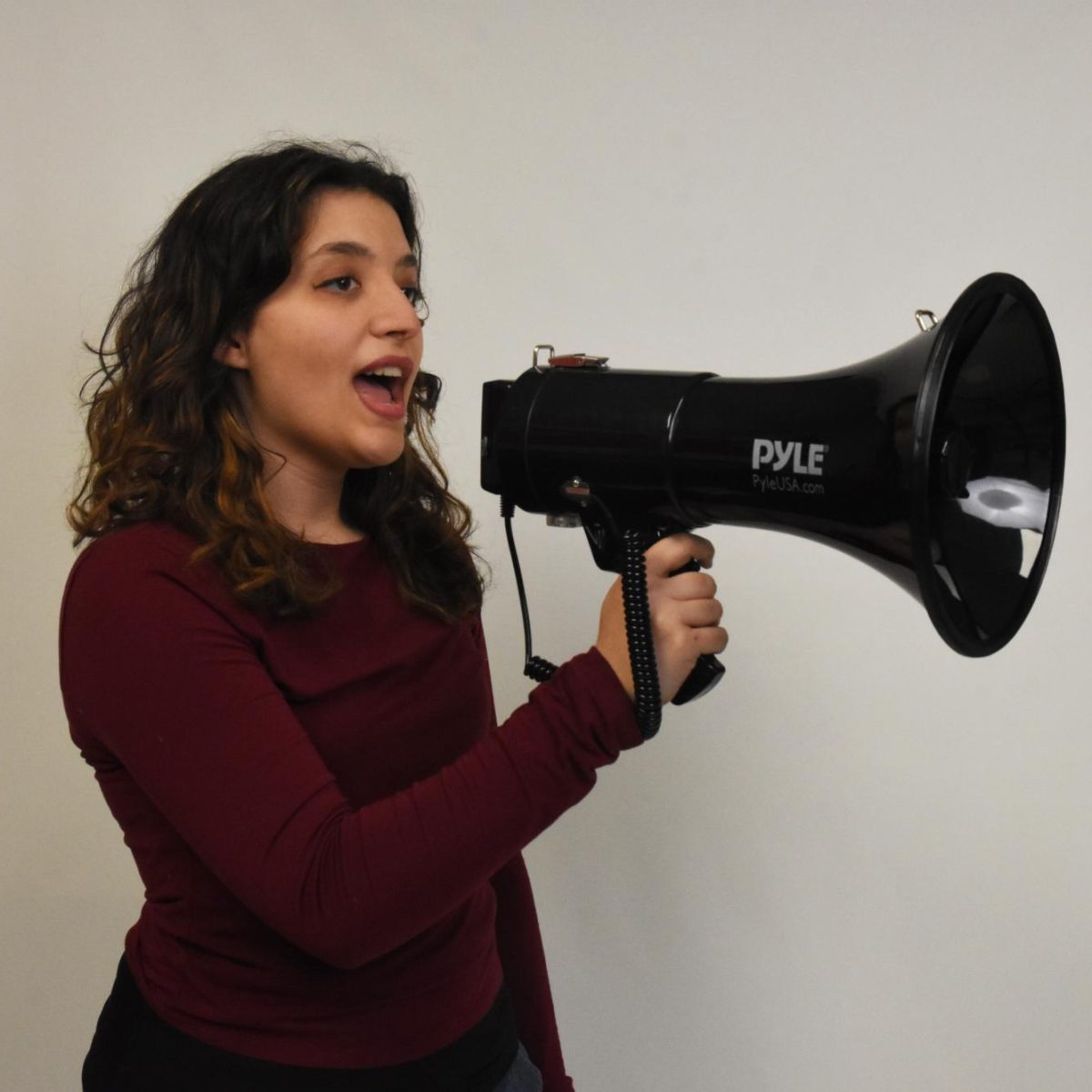
![SNAP HAPPY Recording on a GoPro for social media, senior Sam Mellon has recently started a weekly sports podcast. “[Senior] Brendan Feeney and I have been talking about doing a sports podcast forever. We love talking about sports and we just grabbed [senior] Will Hanas and went along with it,” Mellon said.](https://mhsnews.net/wp-content/uploads/2025/04/sam-892x1200.png)

